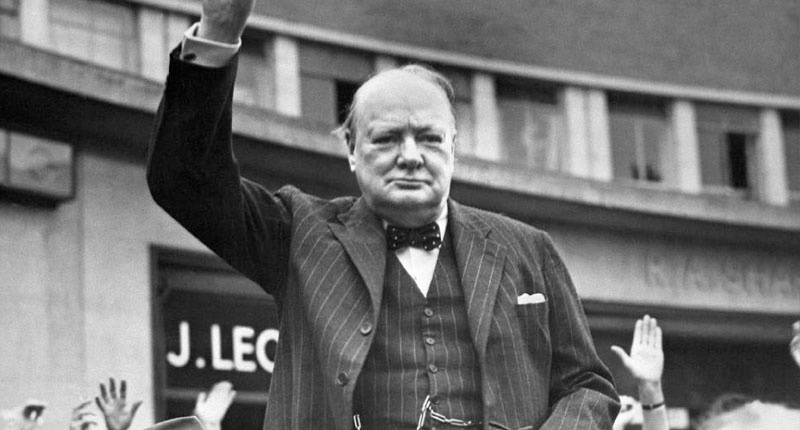Was Titanic inquiry a Freemason “whitewash”?
Freemasons may have influenced the inquiry into the 1912 sinking of the Titanic to protect fellow members of the secretive society, according to analysis of a newly published archive of powerful members’ identities.
Over two million Freemason membership records dating from 1733 – 1933 have been released via the website Ancestry.com, and it is claimed that they shed light on one of the most controversial shipping inquiries of the twentieth century.
The records show details including Freemasons’ names, profession, residence and when they joined the society, which grew out of guilds in Britain in the Middle Ages and became a club for men involving ritual and symbols.
Names cited in the records include Lord Mersey, the judge who oversaw the inquiry and spared the British Board of Trade from blame in the disaster, despite the board being held responsible for the lack of lifeboats on the vessel in a separate US Senate inquiry.
Despite the catalogue of errors, the inquiry into the Titanic’s sinking exonerated the British Board of Trade, which allowed the ship to go to sea with an inadequate number of lifeboats, and the ship’s Captain, Edward Smith, of White Star Line, was also cleared.
In addition, the president of the Board of Trade Sydney Buxton was also a Freemason.
Another influential figure, Lord Pirrie, who owned the Belfast shipyards where the Titanic was built and was a director at White Star’s parent company, also appears to have been a member, although the evidence is not conclusive. The records show a William Pirrie initiated at St George’s Lodge in Montreal in 1904. Only three passengers were interviewed, and they were all from first class.
Oscar Wilde, Rudyard Kipling, Duke of Wellington and Lord Kitchener were all members, The Telegraph reported. It continues to have a profound cultural influence.
In his book The All Love Jack: Busting the Ripper, Bruce Robinson claims that even Jack The Ripper was a member of the Freemason brotherhood that protected him from being prosecuted – since protection of the brotherhood from any exposition was one of the priorities of the Freemasons.
Prominent members named in the records include Churchill, who initiated into the Studholme Lodge aged 26 in May 1901.
Miriam Silverman, senior United Kingdom content manager at Ancestry said: “We’re delighted to be able to offer people an online window into a relatively unknown organisation”.
“So, if you want to find out more about a Freemason ancestor or locate a famous member, now is the flawless time to get online and start your search”.
Freemasonsry is one of the oldest and largest fraternity groups in the world.
Founded in 1717, the Freemasons are thought to now have up to six million members, including 250,000 in England and a further 150,000 in Scotland and Ireland.








